“A Brand-New Hit Album That Was Recorded 50 Years Ago”: Meters Guitarist Leo Nocentelli Tells the Incredible Story of His Long-Lost Solo Record
The funk legend’s acoustic long-player 'Another Side' has dropped like mana from a time machine.
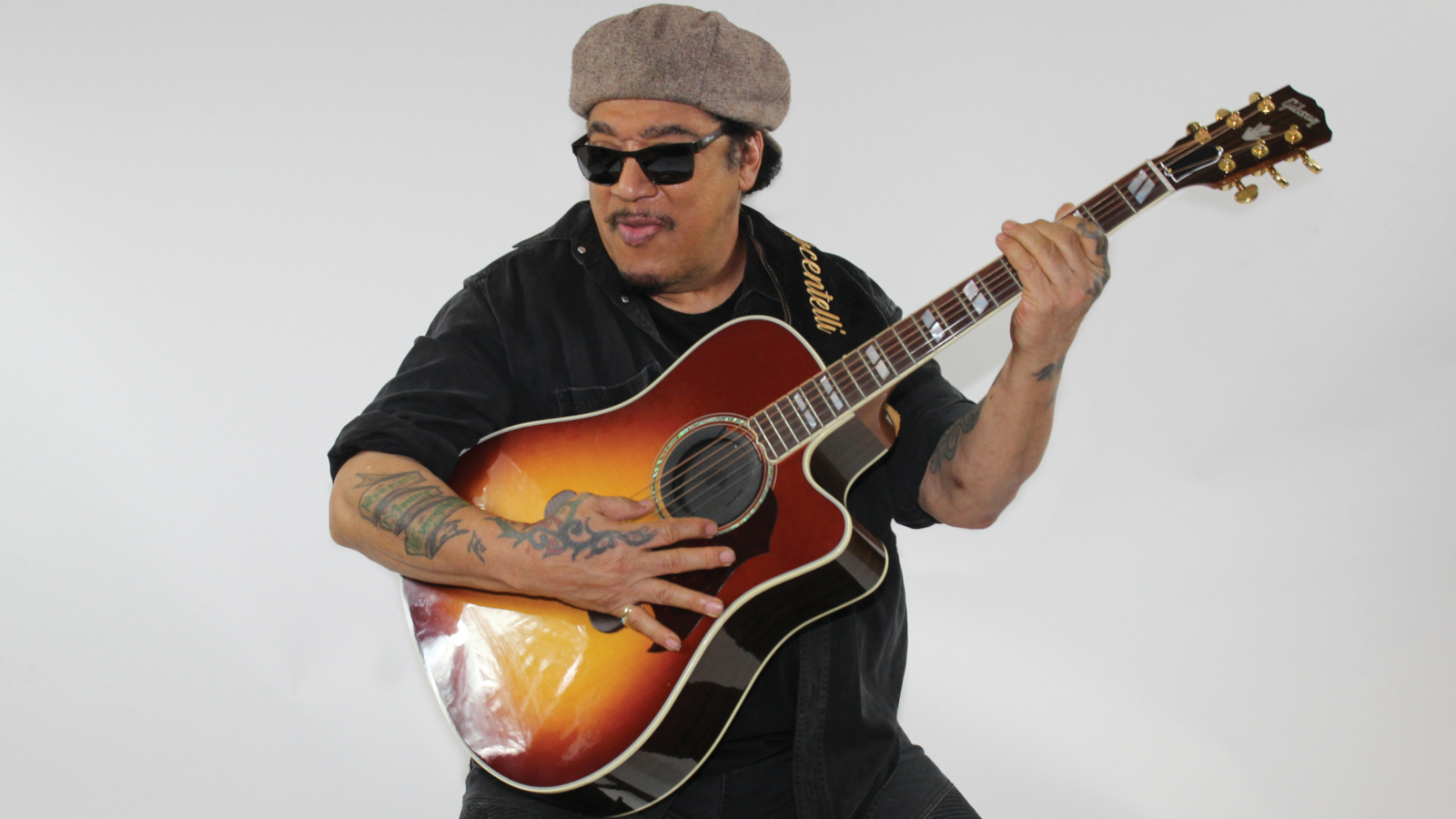
Leo Nocentelli was once a sensitive ’70s singer-songwriter? Well, who knew?
What everyone should know is that Nocentelli was counted as one of Guitar Player’s 50 Greatest Rhythm Guitarists of All Time, is a Grammy Lifetime Achievement Award recipient and one of the most sampled guitar players in recorded history.
As a founding member of the Meters, he helped lay the blueprint for modern New Orleans funk in the ’60s and ’70s, and he’s carried the torch proudly into the present.
Nocentelli is the maestro responsible for the stank-nasty syncopated riffs anchoring classics including “Cissy Strut,” “Fire on the Bayou” and “Just Kissed My Baby.”
His extensive sideman credits include supporting an array of artists, from Patti LaBelle to Dr. John, Robert Palmer and Lee Dorsey, so one would figure the world has a pretty complete picture of the player’s stylistic range.
That’s what makes Another Side such a shock.
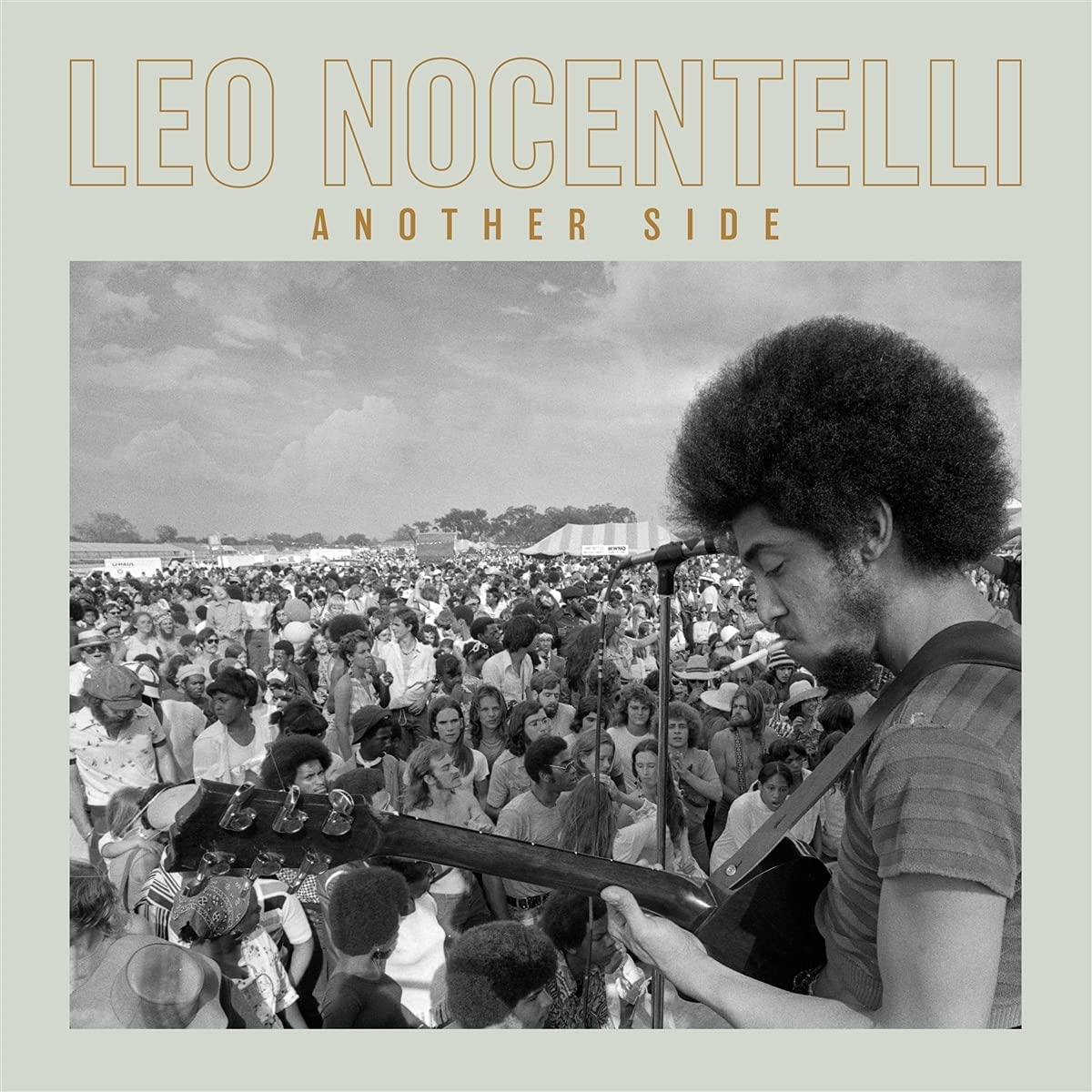
Die-hard fans that have followed the man for decades have never even seen him with an acoustic guitar, so to have Another Side drop like mana from a time machine, showcasing not only Nocentelli’s unplugged chops but also his fine handle on the narrative lyrical style and melodic vocal delivery of a golden-era singer-songwriter, is nothing short of a revelation.
The album’s folk-funk sound brings to mind Bill Withers, Paul Pena or perhaps a groovier Jim Croce or James Taylor. But none of those players have anything close to Nocentelli’s musical flair.
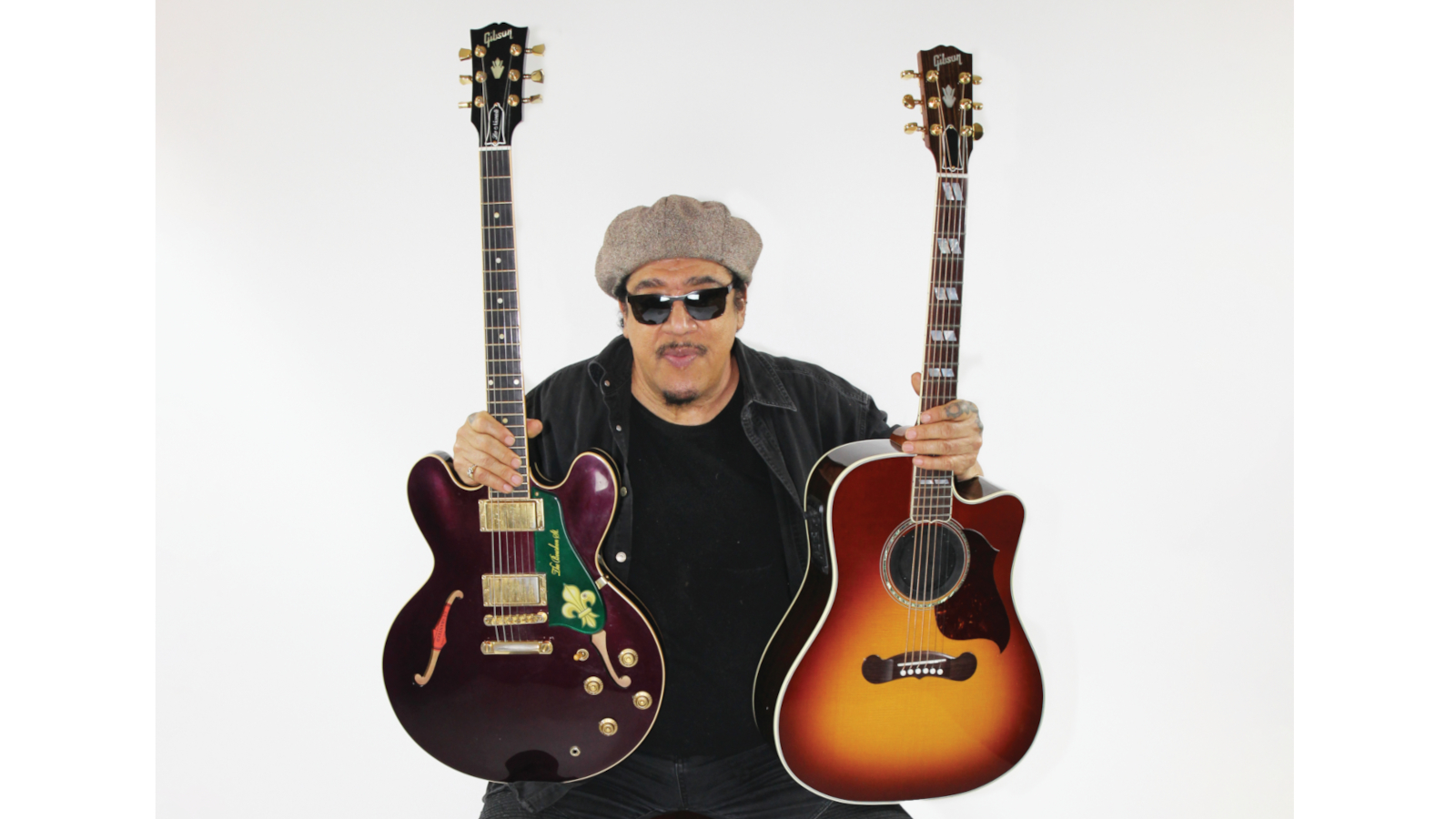
Put on “Riverfront” and notice how the riff melds bass and treble ideas within a call-and-response motif, kind of like Nocentelli’s signature licks on “Cissy Strut.”
Now consider that he’s working a gut-string acoustic with a classically inspired fingerstyle technique, which is best exemplified at the very outset of the album on the introduction to “Thinking of the Day.”
It’s wild to consider such a fingerstyle etude coming from a player known for his laser-focused pick attack on an electric axe.
The backstory of how Another Side was cut and finally came to light is even more far-fetched.
After the Meters’ original label, Josie, went belly up, Nocentelli went into Cosimo Matassa’s Jazz City Studio with fellow Meters George Porter Jr. and Joseph “Zigaboo” Modeliste – bass and drums, respectively – as well as drummer James Black, plus national treasure Allen Toussaint of “Southern Nights” fame on piano.
They worked on Nocentelli’s folky acoustic songs occasionally over a couple of months before he got back to his usual funky business when the Meters signed with Warner Brothers and blew up on both sides of the Atlantic as the opener on the Rolling Stones’ 1975-’76 tour.
Everyone, including Leo himself, forgot about Nocentelli’s acoustic fling.
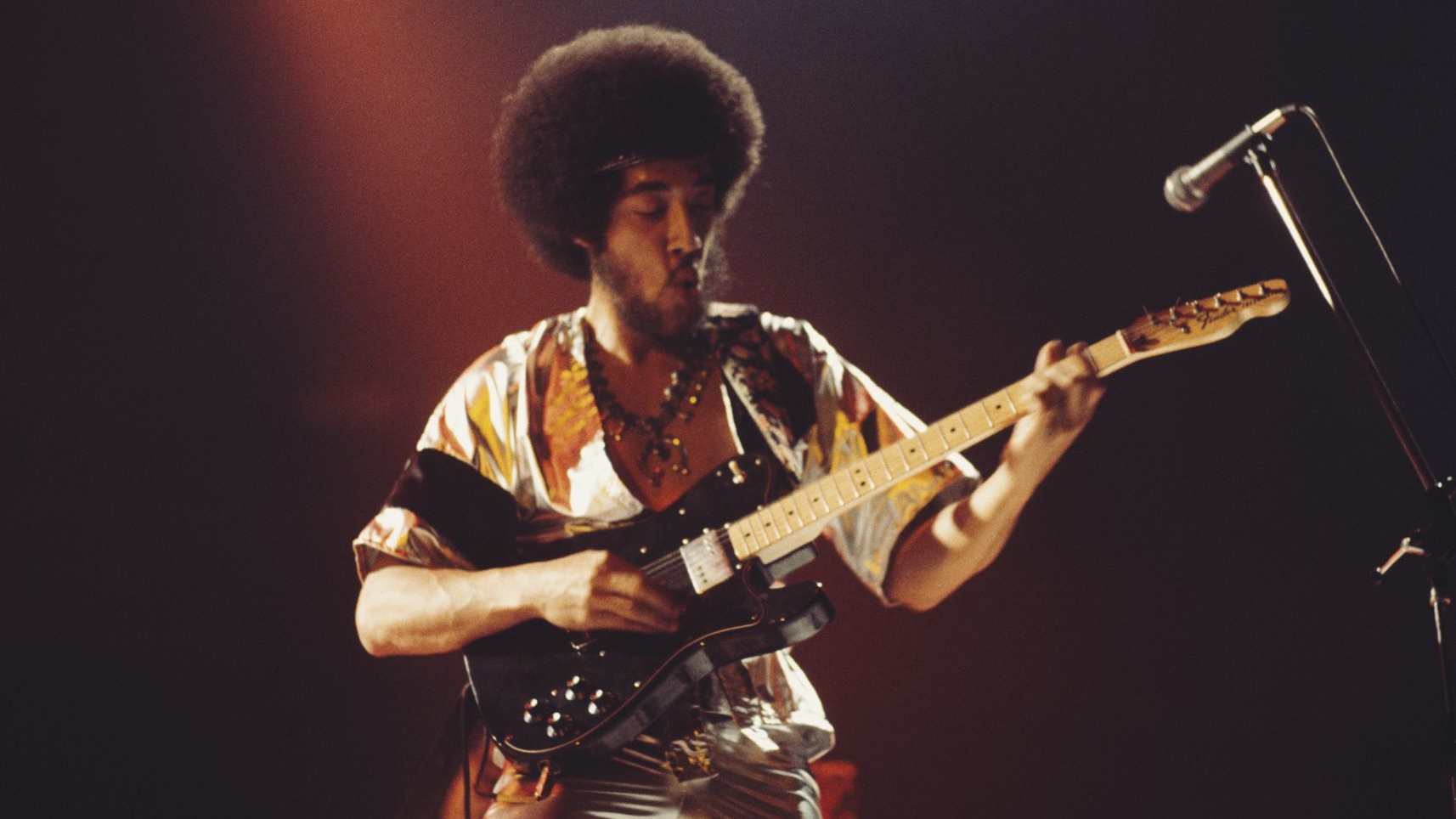
When Hurricane Katrina leveled New Orleans in 2005, it was assumed that all of the archives stored in Toussaint’s Sea-Saint Studios, including Nocentelli’s album, were lost in the flood.
Fast-forward to 2019, when The Los Angeles Times broke the news that oodles of tapes from Jazz City and Sea-Saint had been saved and stored in the City of Angels, and that boxes full had surfaced at a swap meet in Torrance, California.
Record collector Mike Nishita made the lucky discovery, and he brought it to the attention of Matt Sullivan, whose Light in the Attic label specializes in releasing such rare finds.
It’s worth clarifying that this is not a reissue – it’s the first-ever release of a long-lost gem.
Another Side dropped on November 19 last year, and Nocentelli’s phone has been ringing off the hook with calls from The New York Times, Washington Post and, of course, GP.
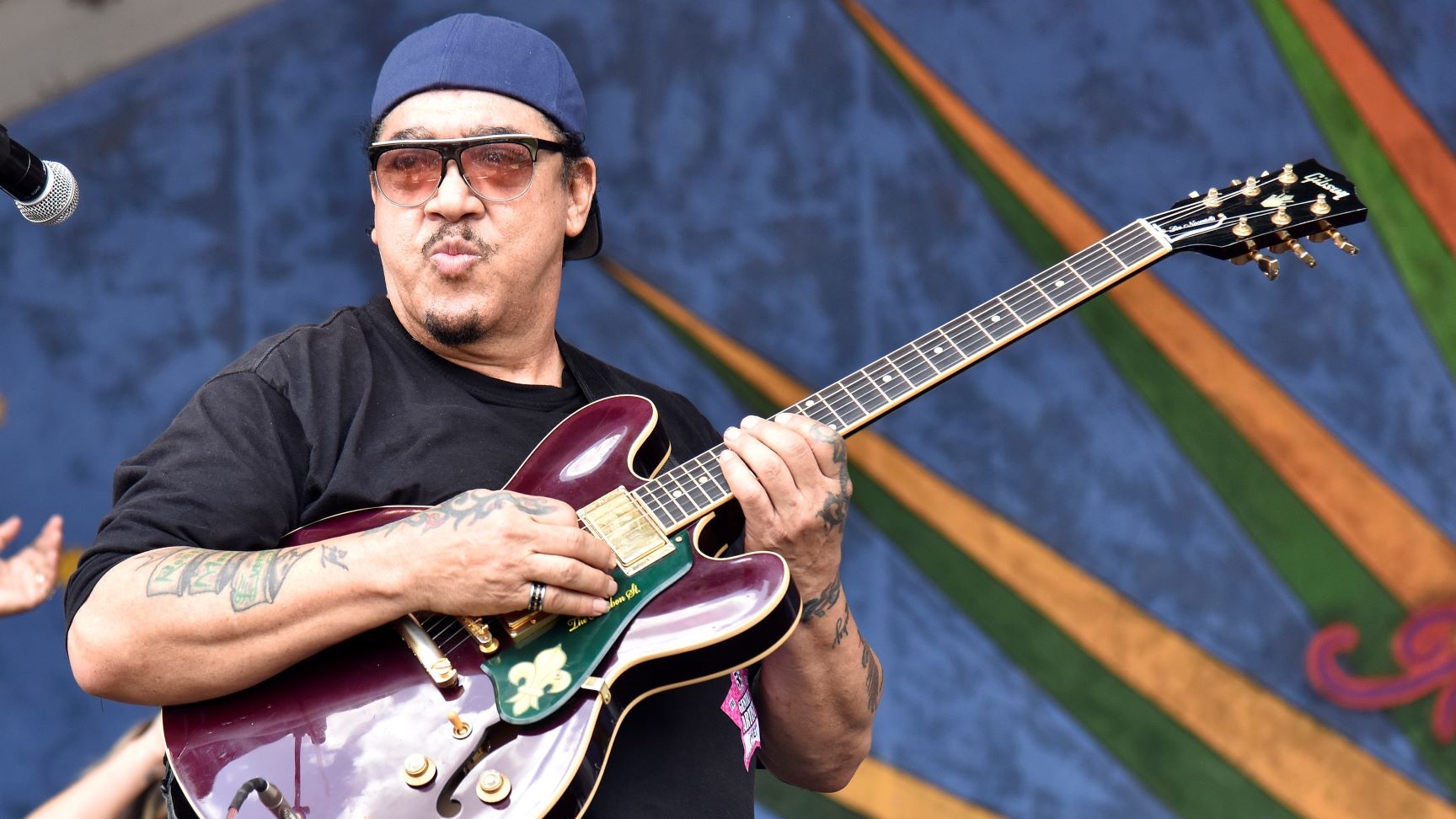
Can you set the stage concerning the time frame for Another Side?
The Meters did three instrumental albums for Josie, and then during the downtime after Struttin’ and before the first Warner Brothers album, Cabbage Alley, I bought a couple of James Taylor albums: Mudslide Slim and Sweet Baby James.
I was enthused about the chord progressions from a musical standpoint, and the profound stories from a lyrical standpoint. You can hear his influence on some of the guitar parts, especially on songs in the key of D, like “I Want to Cry,” where I cop of bit of that “Country Road” kind of stuff.
I tried to incorporate storytelling on songs like “You’ve Become a Habit,” which is about a man falling in love with a lady of the night named Fancy, and on “Riverfront,” which is a workingman song. I wrote it about Aaron Neville, who had a job toting bananas before he became successful. I used to see him walking home on Valence Street and wonder what it was like working on the riverfront.
Your acoustic playing sounds pretty accomplished right off the bat, with the introduction to “Thinking of the Day,” which is like a classical etude. Was it just the JT albums that got you going, or is there more to the story?
Well, I had played some acoustic along with my daddy when I was coming up, but that’s not what’s really important here. During the downtime period, a friend of mine named Charles “Louie” Moore, who is the brother of Deacon John Moore, showed me how to play a Bach concerto on his classical, gut-string guitar.
I went out and bought a gut-string Goya and started playing classical guitar. That started me on the acoustic way of thinking
Leo Nocentelli
I was so intrigued that I went out and bought a gut-string Goya and started playing classical guitar. That started me on the acoustic way of thinking, and I used that guitar to record Another Side.
What was your plucking approach?
I was studying classical guitar at the time and adopted a fingerstyle approach. I didn’t use a pick on the entire album. It’s a different mindset and a different approach from the funky electric pick playing I was doing with the Meters.
I did track one electric guitar solo for Another Side, on “Till I Get There.”
“Riverfront” sounds closest to the funky stuff you were doing with the Meters. How did you arrive at that feel, and what’s going on inside your guitar part?
It has that feel because I found the groove in E, and I’m bouncing back and forth between working the lower strings and the upper strings for the two different movements in the riff. The lower riff incorporates the low E every other time, like a big bass note dropping.
I found it challenging when I was writing the song, and I nearly threw it in the trash, but it sounded so good that I had to keep on doing it. It’s still a challenge, but it is a bit easier to play on a gut-string acoustic, because the string spacing is a bit wider and there’s a smidgen more room to work a riff like that. You don’t have to squeeze your fingers in as much.
It’s interesting that you cover Elton John’s “Your Song” for the album closer in the same key as the original. To meet the challenge of playing in Eb, did you perhaps play out of a D chord formation using a capo at the first fret?
I caught on to that song right when it came out, because there was something about the phrasing of the vocal melody and the movement of all those chords underneath it. I didn’t use a capo; I just used my ear to figure out a way to interpret the chords and transfer them from piano to guitar.
Listening to it now, I don’t see how I could have done that. I guess I had more time and more patience back then than I do now.
Listening to it now, I don’t see how I could have done that. I guess I had more time and more patience back then
Leo Nocentelli
Your young voice sounds lovely singing in a melodic style, and one would imagine that it would be a challenge to recreate all the intricate fingerstyle acoustic and intimate vocals on a live stage. Got any touring plans?
Yes, I’m getting lots of calls to play including some European dates. Quint Davis from the New Orleans Jazz & Heritage Festival requested that I play my hard stuff one day on the Acura Stage and then do Another Side on another stage for the folk and country crowd.
I think George Strait is going to be the headliner. So for one gig I’ll have on my rock and roll tennis shoes, and for the other I’ll have to put on my shit kickers.
At a regular gig we’ll intermingle some of the songs from the new album. It’s going to be a three-guitar band
Leo Nocentelli
At a regular gig we’ll intermingle some of the songs from the new album. It’s going to be a three-guitar band, as I’m planning to have a couple of other players flesh out the music while I’m focused on singing.
One will cover the 12-string parts that I originally overdubbed on the album, and the other will be tasked with doing the intricate fingerpicking. It’s not that I can’t, but it is very difficult to do that while singing those parts that I recorded back when I was 24 or 25 years old. I’m basically going to strum a little on a steel-string.
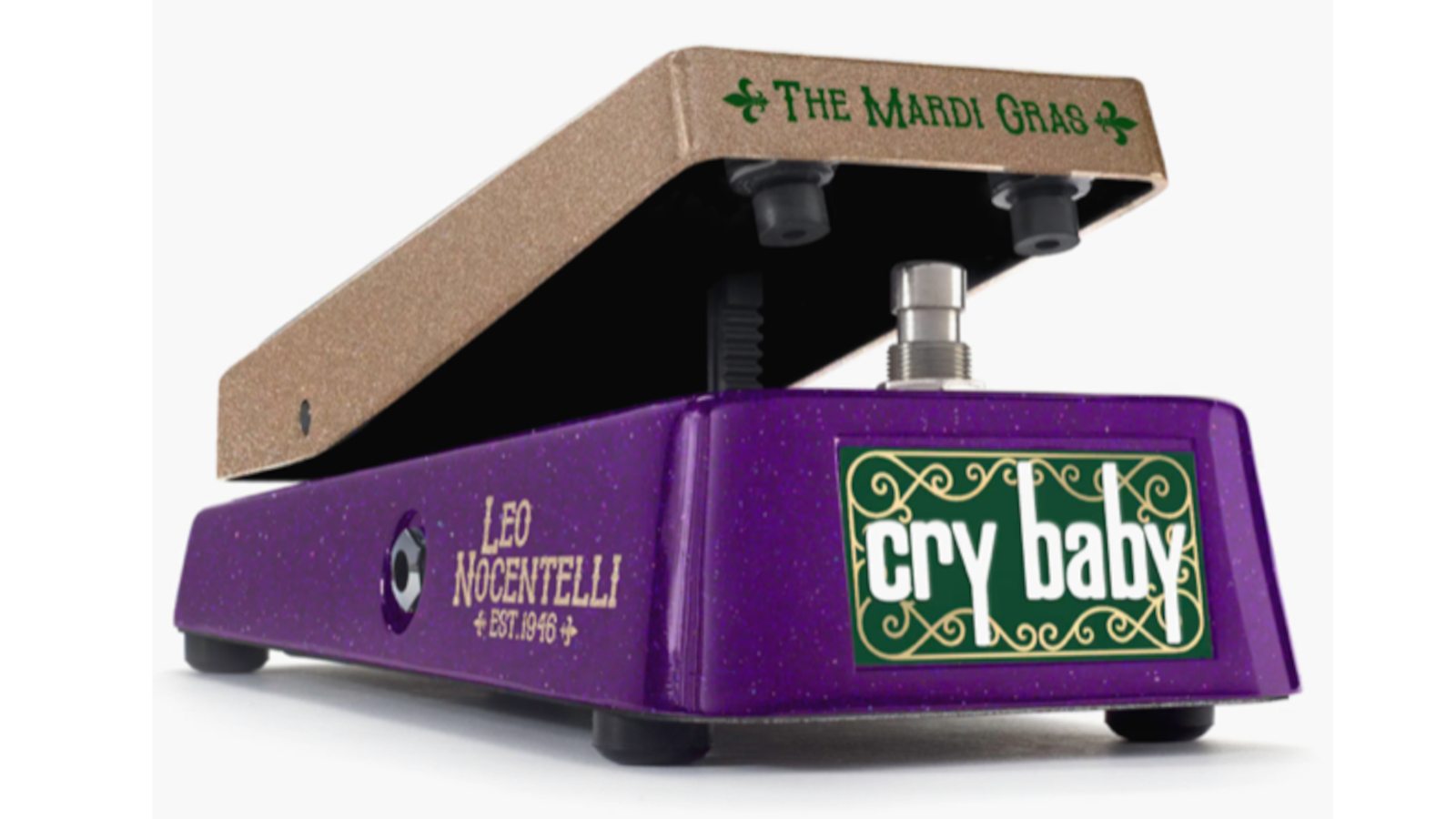
What guitars will you bring?
I always have my signature Gibson ES-335, the Mardi Gras-colored Bourbon Street. Dunlop just finished making a new signature wah-wah pedal called the Mardi Gras that’s colored purple, gold and green as well.
And when the acoustic album came up, Peter Leinheiser at Gibson was gracious enough to let me pick out a brand-new steel-string acoustic-electric with a cutaway. It’s a Gibson Songwriter Standard EC Rosewood, and I picked it because it was so beautiful.
Delaney is building me a guitar with a semihollow body and Strat-style pickups. I think it’s going to be called the Leo Frankenstein
Leo Nocentelli
Steve Klein was kind enough to send me an unbelievable and very unique guitar that’s shaped like medieval hatchet. I love the way it looks, and it sounds like a Telecaster, which is one of the guitars I played for years back in the early days.
The Fender Starcaster that I played a lot in the Meters was a completely different animal, semihollow with humbucking pickups, like the 335.
Gibson doesn’t make Tele- or Strat-style guitars, so even though I endorse Gibson, they’re cool with having me get those sounds from these other custom builds. For a more Strat-like sound, Delaney is building me a guitar with a semihollow body and Strat-style pickups. I think it’s going to be called the Leo Frankenstein.
It sounds like there are lots of exciting things happening on the heels of the “new” album.
It’s such an oxymoron – a brand-new hit album that was recorded 50 years ago. It simply fell by the wayside when I was devoting all my time to making Meters records for Warner Brothers. I kind of lost interest and forgot about it. The rest is history.
And the music is some crazy shit, man, because it’s like the opposite of me. The response is unbelievable. I’m glad I was able to do something that the people love. And I’m going to keep on doing it.
I feel like now is the time to reap some of the benefits out of what I’ve done in my career.

Buy Another Side by Leo Nocentelli here.
Get The Pick Newsletter
All the latest guitar news, interviews, lessons, reviews, deals and more, direct to your inbox!
Jimmy Leslie has been Frets editor since 2016. See many Guitar Player- and Frets-related videos on his YouTube channel, and learn about his acoustic/electric rock group at spirithustler.com.
"This 'Bohemian Rhapsody' will be hard to beat in the years to come! I'm awestruck.” Brian May makes a surprise appearance at Coachella to perform Queen's hit with Benson Boone
“We’re Liverpool boys, and they say Liverpool is the capital of Ireland.” Paul McCartney explains how the Beatles introduced harmonized guitar leads to rock and roll with one remarkable song










